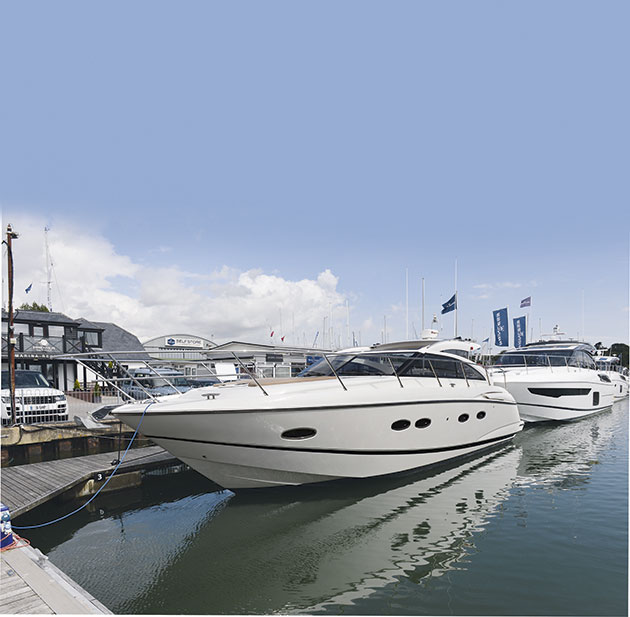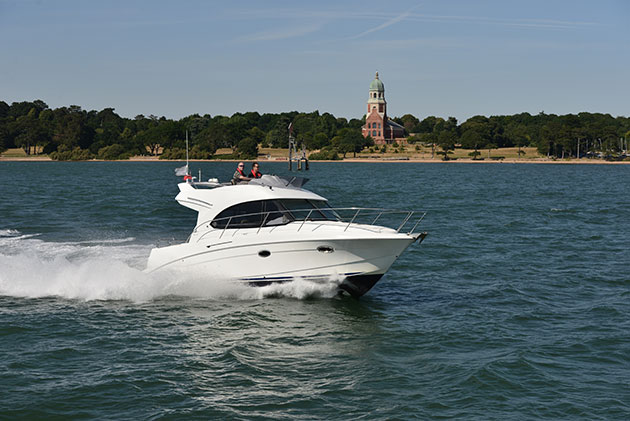The voluminous Princess 52 has aged well and with Princess's usual eye on quality makes a great secondhand buy
From a distance, the Princess 52 launched at the London Boat Show in 2013 looks every bit the gradual evolution from the Princess 50 it superseded. A little longer, a little higher and a little fatter than its predecessor but in most other respects similar to look at, with the exception of snazzier styling and bigger windows.
However, move in close, or better yet, get on board, and you realise just how wrong that lazy assumption is, because the 52 was a top-down rethink of mid-range flybridge boats from Princess.
“Volume sells,” Andy Lawrence, Head of Design at Princess, tells me when I quiz him about it. “The Princess 52 saw us introduce some radical new ideas to really maximise the volume available, starting with the fundamental design and construction of the boat. Up until that point, viewed in plan form, most designs saw the hull taper inward from the midpoint toward the transom.

VIDEO: Used Boat – Princess 40
Arguably the most finely resolved 40ft flybridge of its era, the Princess 40 bristled with fresh thinking when it was

VIDEO: Used Boat- Princess V42 MKIII
The Princess V42 MKIII is the last in the line of this iconic model and it makes an excellent secondhand

VIDEO: Used Boat – Princess 50 MKIII
It’s got looks to kill and the speed to match, but the Princess 50 MKIII is an elusive beast
“For the 52, the hull remains far more parallel in its aft sections. This not only increases the volume, it also increases buoyancy in the aft sections, which is very beneficial given the greatly increased demand for high/low hydraulic platforms and larger tenders putting so much weight back aft”.
The construction has changed too. “We’d started using resin infusion in the hull lay-up, which is inherently more rigid and thus requires less internal stiffening, but the 52 also benefited from other new construction techniques, including IST: Integrated Structural Tray.
Previously the tray moulding that supported the interior was added separately and thus required a degree of tolerance, typically about 12mm, to ensure a proper fit. By integrating the structure, the need for that tolerance disappears, and the space goes back into the accommodation. It doesn’t sound a lot, but throughout the whole interior it adds up to a surprising amount of extra space”.
Read the full report in MBY January 2018.























